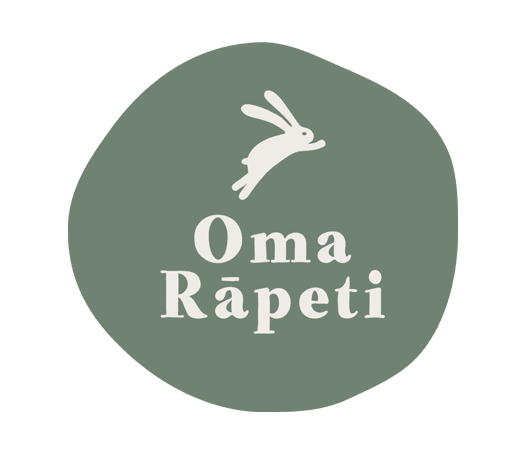Picture this:
It's a typical Thursday, and you've come to collect your child from their centre. They greet you happily from the kai table where they're finishing off their afternoon tea, and you head inside to sign them out and get their bag.
When you get to their bag, it's once again overflowing with paintings and drawings that they've been busy creating during the day.
This is the fourth day this week that their bag has been this filled with art, and you're not sure what you're going to do with it all. It seems to be taking over every available space of your house.
Process or Product?
For some children, it's the process of creating that is important for them. The end result is neither here nor there - they just want to work out how to do it.
For others, the end product is the most important part; so this is where we will focus on for the rest of this blog. Children who love their end product, and what we can do to support them, and the mountains of their creations.
How should we talk about art?
The book Magic Places by Pennie Brownlee was one of the first books that I was given when I started training to be a teacher. It's been one of the cornerstones of my personal teaching philosophy and it's one of the first books I suggest any new teacher-in-training or parent read; particularly if their child loves the process and products of art.
The example that stands out to me still is that of a child who draws a cat and then shows it to their teacher. Their drawing is bright purple, has six legs and three tails.
The teacher doesn't ask the child about the details or thinking behind the picture, but rather tells the child that "cats don't look like that" and proceeds to draw a brown cat with four legs and one tail.
Had the teacher taken the time to ask the child about their picture, they may have found out that the cat was walking and that its tail was moving, hence the multiples. Or perhaps there was another thought pattern, the point is that the child was told "no" and that their ideas were wrong.
How would that make you feel?
Personally, when I was told that my artistic ideas were wrong, it completely disheartened me to the point that I gave up art (in the traditional sense of painting/drawing) at high school completely.
Now think about how crushing that could be to a child. Who are we to say that their drawing was wrong, especially if we haven't bothered finding out their ideas first.
But, what can I say about their art?
When talking about art, I tend to focus my comments upon the details of their work, rather than using the phrase "I like.......".
If a child is inspired and loves creating art, do they need you to tell them you like it?
Does this extrinsic input help or hinder their intrinsic satisfaction of a job well done?
Instead, I will say things like:
"I can see you've spent a lot of time on this"
"You've used lots of blue in this piece"
"Over here, I can see that you moved your pencil in large motions"
"You've spent a lot of time here blending the colours"
"Tell me about your picture?"
"What were you thinking when you drew this?"
"How did you make this?"
"What order did you use the colours?"
Still, what do I do with all of this art?
Here at Oma Rāpeti, we kaiako have been discussing how we can be more sustainable with our resources, particularly when it comes to art.
Following this, we've been talking to our tamariki about different art techniques such as layering, and utilising paper that has art on it already, and adding to the art, such as:
- drawing around the paint (or drawing) already there
- painting over existing paint
- using both sides of the paper
- folding the paper into squares before turning it into origami
- choosing pieces to wrap presents up in for friends and family
- taking photos of their art so that they still have a record of their work; choosing only their favourite to file away into a special folder to keep
- giving the left over artwork to the compost, or to the worms, who can appreciate it in their own way
Hopefully these tips and phrases help when you're next discussing art with your children; I'm sure that there will be some great works of art that appear.
Mā te wā,
Emily
For more information, I thoroughly suggest reading Magic Places by Pennie Brownlee. It's in our whānau library at Oma Rāpeti, else you can get your own copy from most book retailers.


